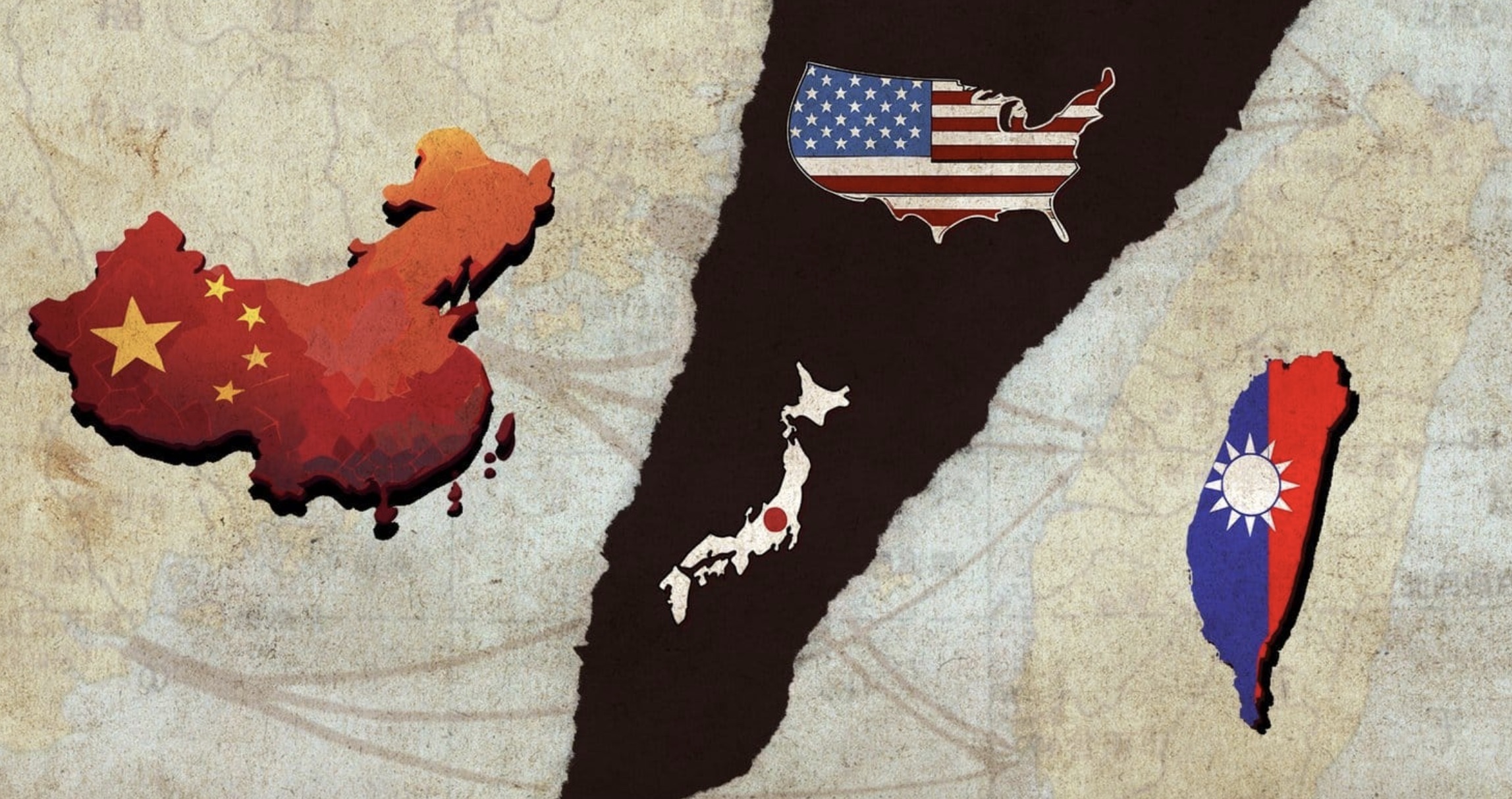NATO has lost its proxy war—or more precisely, its implementation war—in Ukraine. Now it is preparing for a new one, this time in Taiwan.
Taiwan: A Legal Reality Ignored
But this situation is even more dangerous. Unlike Ukraine, which is not legally part of Russia, Taiwan is—under international law—considered a province of China. The United Nations does not recognize Taiwan as an independent country. It upholds the “One China” policy, under which Taiwan is acknowledged as part of the People’s Republic of China.
Even the International Monetary Fund, a U.S.-dominated institution, follows this legal framework. Its website lists Taiwan as “Taiwan, Province of China.” This reflects the global legal consensus on the matter.
Backing Fringe Forces Against the Majority Will
Nevertheless, the United States continues to funnel billions of dollars in weapons to separatist forces in Taiwan—forces that do not represent the will of the majority. Polls consistently show that over 80% of the Taiwanese population prefer maintaining the current status quo. Those pushing for immediate independence remain a small minority—typically under 10%.
The Three Communiqués—Broken Promises
Despite these realities, Washington continues to back fringe pro-independence movements, in clear violation of longstanding agreements with Beijing. These are the Three Communiqués, which form the foundation of U.S.-China relations:
- 1972: President Nixon’s historic visit to China led to U.S. recognition that both sides across the Taiwan Strait regard Taiwan as part of one China.
- 1979: The U.S. established formal diplomatic ties with the PRC, reaffirming the One China principle.
- 1982: The U.S. pledged to gradually reduce arms sales to Taiwan.
More than 40 years later, not only has the U.S. failed to reduce these arms sales—it is ramping them up. This is a direct breach of the 1982 communiqué and a fundamental betrayal of the spirit of the One China policy.
“Real War Plans” in Motion
Now, Pentagon officials are calling for even more military funding. Admiral Samuel Paparo, head of the U.S. Indo-Pacific Command—a term itself crafted to reframe the Asia-Pacific in military terms—has openly discussed “real war plans” for a potential conflict with China.
Ideology and Escalation: Hegseth’s Crusade
U.S. Secretary of Defense Pete Hegseth—author of the ideological book American Crusader—recently visited Japan and the Philippines, describing the transformation of Japan into a “warfighting base.” He openly speaks of preparing for war, specifically over Taiwan.
His rhetoric is alarmingly extreme. In his book, he portrays global conflict as a “holy war” against the international left, China, and Islam. This is the worldview of a man helping shape U.S. military strategy in Asia.
While in Japan, Hegseth praised Paparo’s “real war plans,” underscoring that this is not speculation—these officials are actively planning for a military conflict with China, potentially by 2027. That year is frequently cited, often based on a misinterpreted remark by Chinese President Xi Jinping, who called for military preparedness—not the initiation of war—by that time.
Extracting Taiwan’s Industry for War
In anticipation, the U.S. has pushed Taiwan to relocate its most critical industries abroad, in case of war or occupation. At the center of this effort is TSMC (Taiwan Semiconductor Manufacturing Company), which produces the vast majority of the world’s most advanced microchips—components vital for everything from smartphones to artificial intelligence and defense systems.
The U.S. Chip War Against China
Washington has escalated a “chip war” against China, a campaign that began under Trump and has expanded under Biden. New export restrictions are designed to block China from acquiring cutting-edge semiconductor technology.
At the same time, the Biden administration had pressured TSMC to move operations to the U.S., offering tens of billions in subsidies to build chip fabrication plants in Arizona. But after decades of deindustrialization, the U.S. lacks a skilled domestic workforce to operate these highly specialized facilities.
The solution? TSMC relocated many of its own engineers and staff—along with their families—from Taiwan to Arizona. In effect, the U.S. is extracting Taiwan’s industrial base in anticipation of potential wartime destruction, just as Ukraine’s infrastructure has been devastated.
The Hidden Narrative of Ukraine and Media Silence
Of course, as with the Ukraine conflict, the full picture is rarely presented. In the Western narrative, the violence in Ukraine began only in February 2022, with Russia cast as the sole aggressor. While many—including myself—believed this was a proxy war against Russia from the beginning, it is no longer speculative. Investigations by The New York Times and The Times of London have confirmed NATO’s direct involvement in Ukraine, from military planning to operational execution via its local implementation partner, the Kiev regime. Yet mainstream media still insists the Russian invasion was “unprovoked.”
Selective Outrage and Media Bias
Meanwhile, these same media outlets breathlessly report on every small protest in Hong Kong or mainland China, but remain conspicuously silent about recent mass protests and the imprisonment of opposition politicians in Taiwan. Despite the presence of major international media—BBC, CNN, Reuters, The New York Times, The Wall Street Journal—these stories are routinely buried or ignored.
It is a revealing silence—one that reflects how deeply embedded these outlets have become in Washington’s information war against China.

